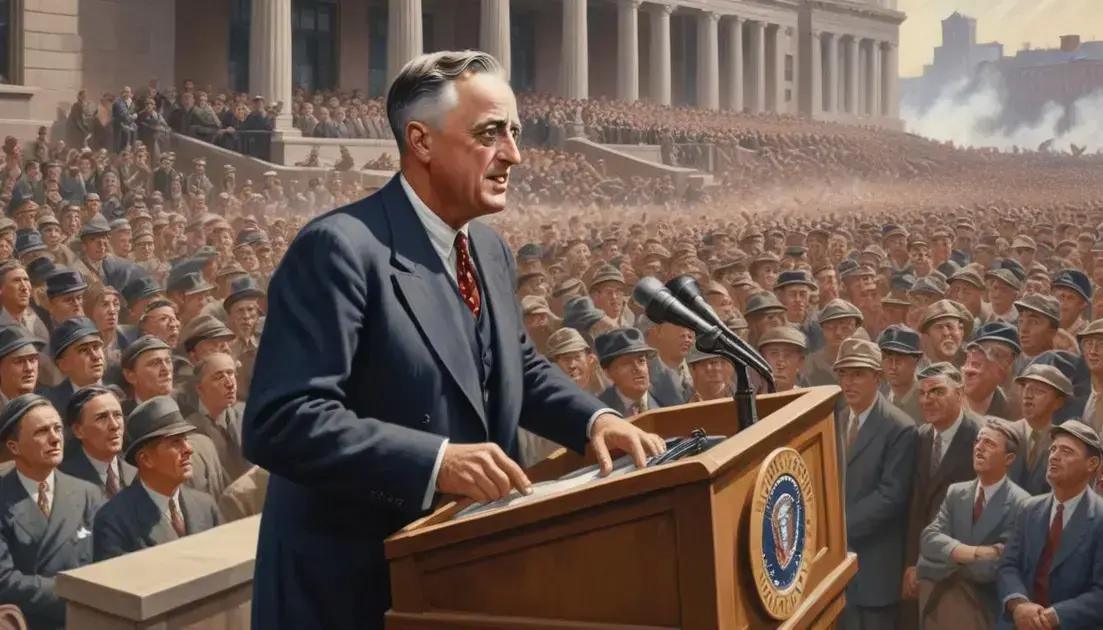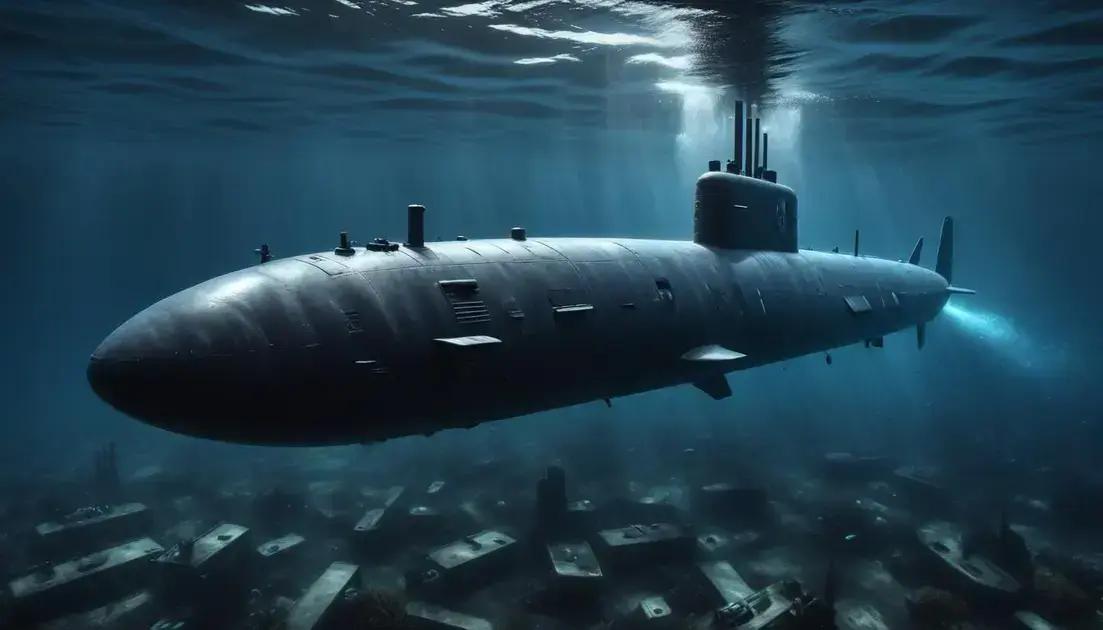
Sputnik 1 and the Shock of the Space Age
The Cold War was marked by intense ideological battles between the U.S. and the Soviet Union, highlighting the contrast between democracy and communism. These conflicts influenced global politics and shaped educational tactics, as each side sought to promote its beliefs through propaganda and media. The tensions not only affected international relations but also had lasting impacts on society, as nations aligned with differing ideologies. Understanding these struggles is essential for appreciating how they continue to influence our world today.
Sputnik marked the dawn of the Space Age, forever altering the dynamics of global power. As the first satellite launched into orbit, it ignited intense debates and innovations across the globe…
The launch of Sputnik 1 and its impact on global politics
The launch of Sputnik 1 was a game changer in global politics. It happened on October 4, 1957. This event shocked many in the Western world. The Soviet Union had just sent the first satellite into space, and it made headlines everywhere.
For the United States, Sputnik was a wake-up call. They realized they were behind in technology. This sparked the Space Race, a competition to explore space. Both nations wanted to show their power. Schools even changed their curriculums to focus on math and science more.
With Sputnik in orbit, fear spread through the U.S. Some worried the Soviet Union could send missiles into their territory. This fear led to big military spending. The government wanted to catch up and stay safe.
The launch also impacted international relations. Countries began to choose sides. Nations had to decide if they wanted to ally with the U.S. or the Soviet Union. This polarizing effect shaped much of the Cold War period.
Political leaders began to talk more about the importance of science and technology. Investing in these areas seemed vital for national security. The Space Race grew not just a technical challenge, but a political one.
Overall, Sputnik changed the rules of the game. It wasn’t just about science anymore; it was about winning hearts and minds around the world.
Scientific advancements triggered by the Space Race
The Space Race brought many scientific advancements that changed our world. Scientists on both sides raced to develop new technologies. This competition led to amazing discoveries and innovations.
One big breakthrough was in rocket technology. Countries developed rockets that could travel further and faster. These rockets were essential for launching satellites into space. They also laid the groundwork for future space missions.
Many cool inventions came from this period. For example, satellite technology helped improve communication. Today, we use satellites for GPS and weather forecasts. This all started because of the Space Race.
Research in materials science also grew. Scientists created new materials that could withstand extreme temperatures and pressures. These materials are now used in everything from airplanes to spacecraft.
Health sciences saw benefits too. Researchers developed better life-support systems to keep astronauts safe during long missions. These advancements helped improve medical technology on Earth, too.
The Space Race also emphasized the importance of education. Schools and universities began promoting science and math. More students pursued careers in these fields, fueling future innovations.
Overall, the race to space sparked a wave of progress. It opened doors to possibilities we had never imagined before.
Ideological battles during the Cold War
The Cold War was not just a struggle for power. It was also filled with ideological battles. The U.S. and the Soviet Union had very different beliefs. This shaped their actions during this tense period.
On one side, the U.S. promoted democracy and capitalism. They believed everyone should have a voice and economic freedom. Americans saw their way of life as the best path for the world.
On the other hand, the Soviet Union pushed for communism. They wanted to create a classless society, where the government controlled resources. Soviet leaders thought this would end inequality and provide for everyone.
This clash of ideas fueled conflicts worldwide. Countries found themselves pulled into these battles. Many chose sides based on their own views or pressures from the superpowers.
Propaganda played a big role during the Cold War. Both sides used media to promote their ideologies. Movies, posters, and speeches aimed to convince people of their cause. This often created a world divided not just by politics, but by belief.
Educational systems also took part. Schools in the U.S. taught about democracy as the ideal. Meanwhile, Soviet schools educated students on the advantages of communism. This battle for hearts and minds shaped generations.
In summary, these ideological battles influenced not just politics but everyday life. They affected how countries interacted and the policies they adopted.
Conclusion
In conclusion, the Cold War was about more than just military might; it was a battle of ideas. The clash between democracy and communism shaped the world we know today. These ideological battles influenced politics, education, and even culture.
As countries chose sides, the effects rippled through generations. Propaganda and education played key roles in spreading these beliefs. Understanding this conflict helps us see how past events still impact our lives now.
By learning from history, we can better navigate our own beliefs and the world around us. Reflecting on these ideological struggles encourages us to think about our values and how they affect our choices today.


